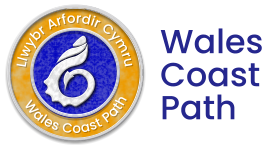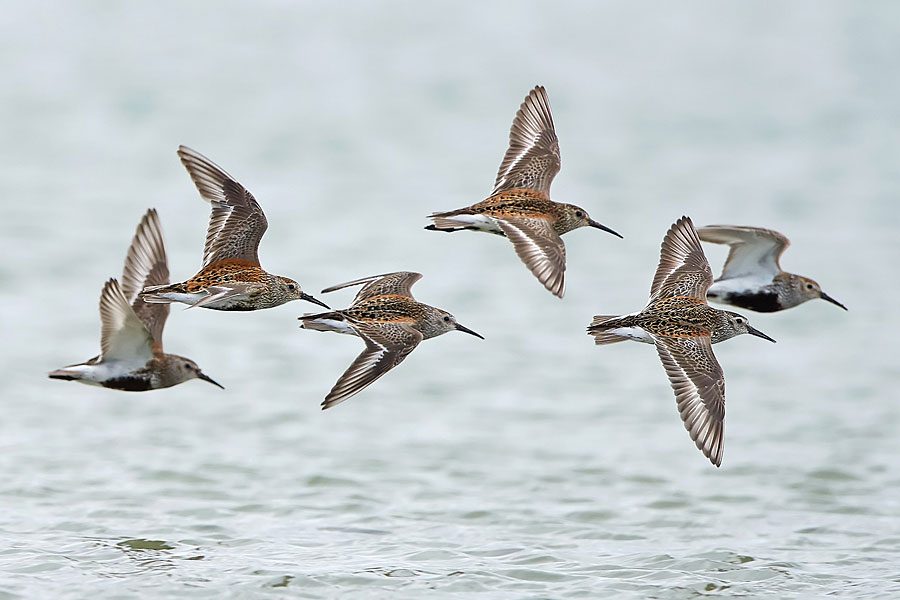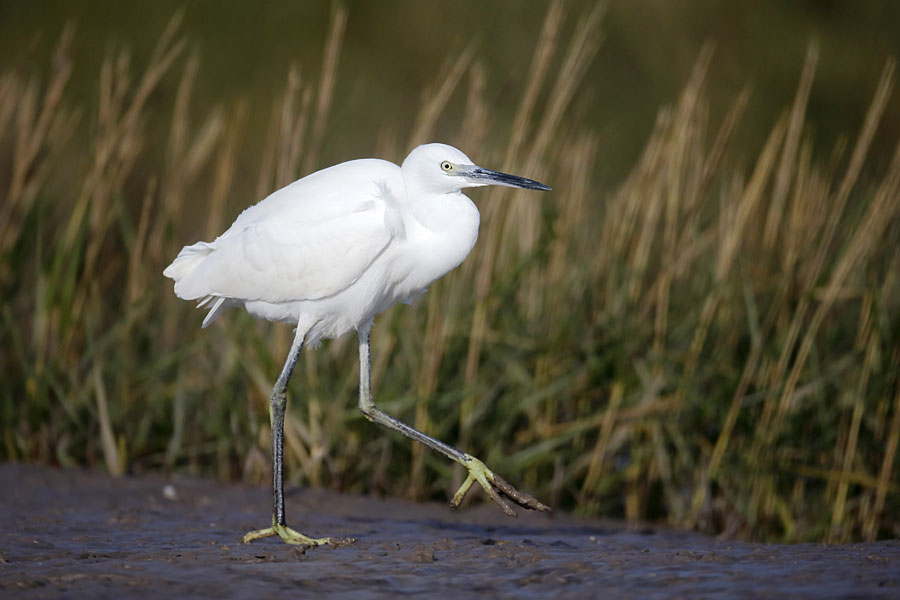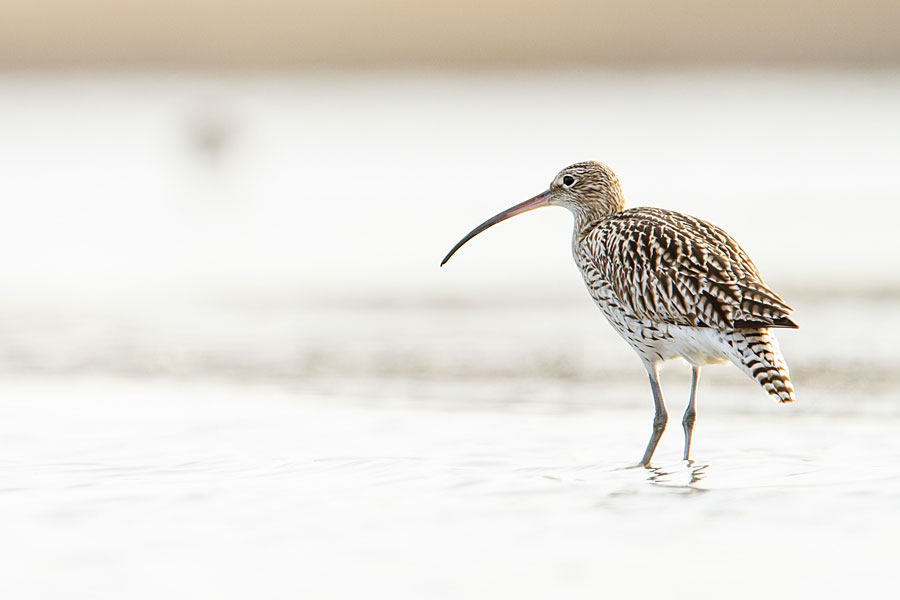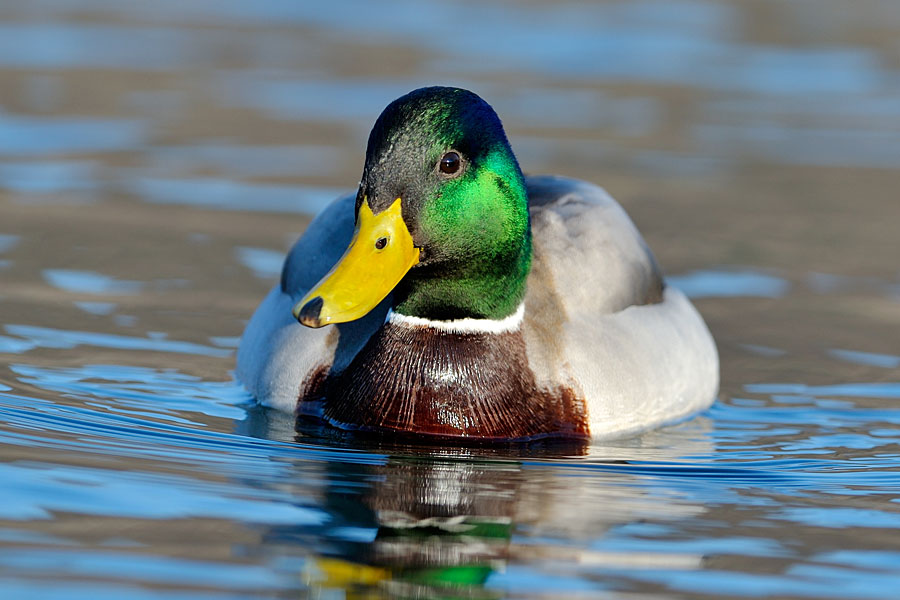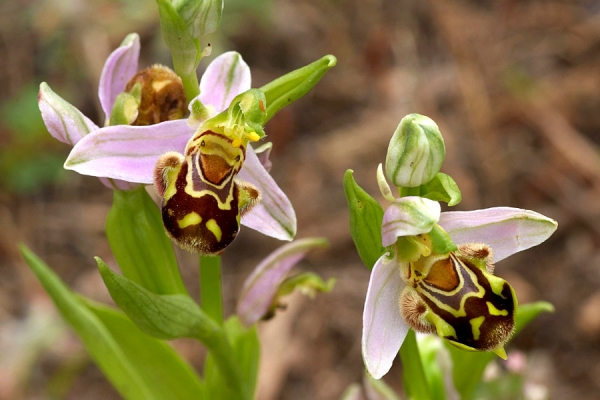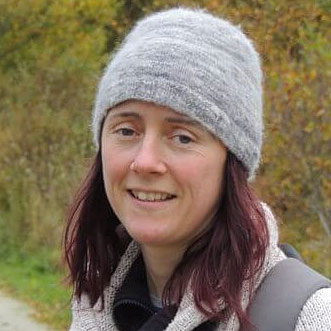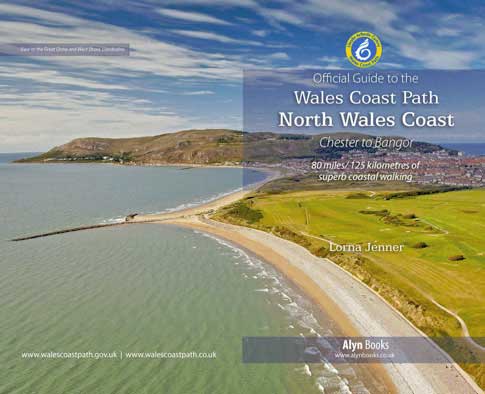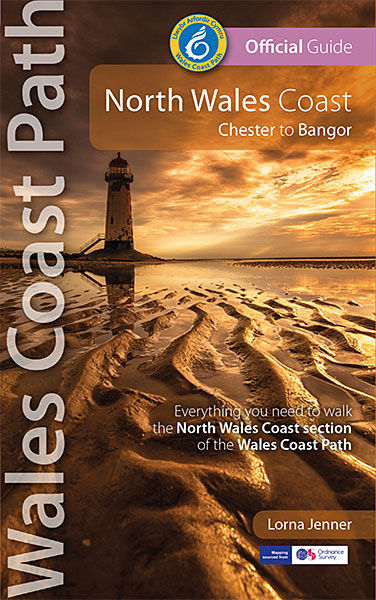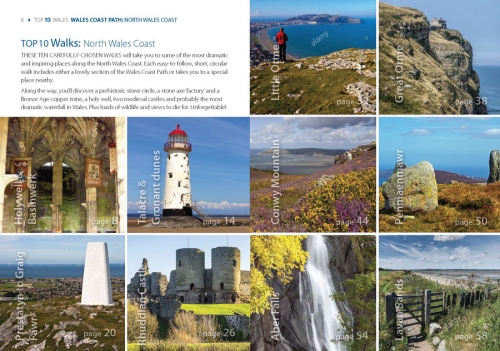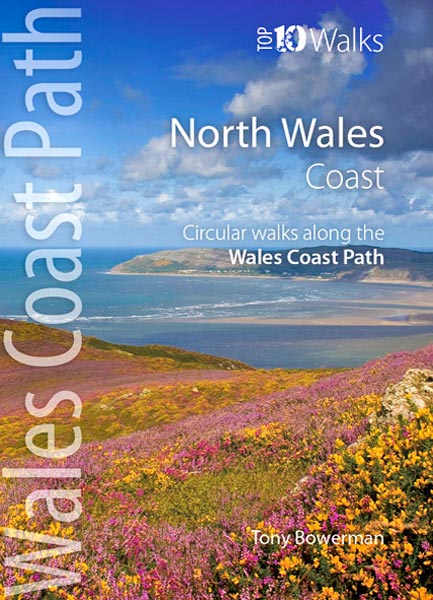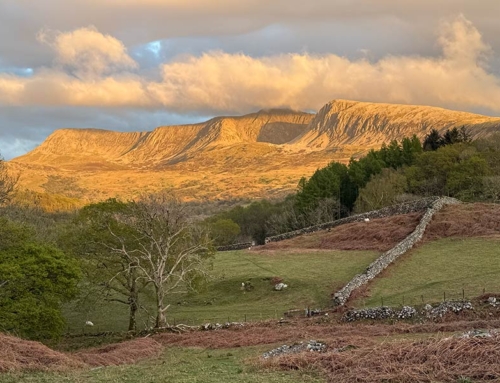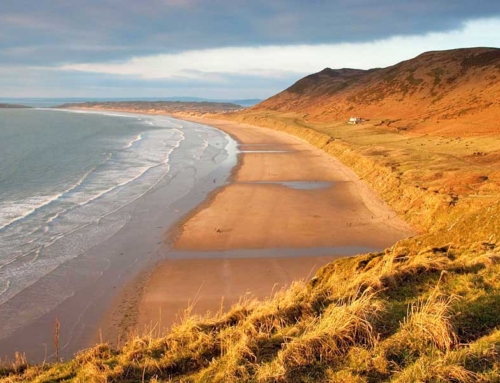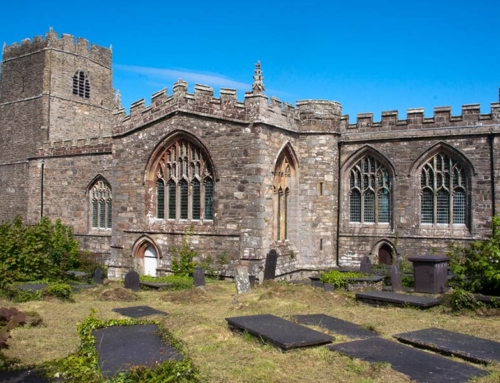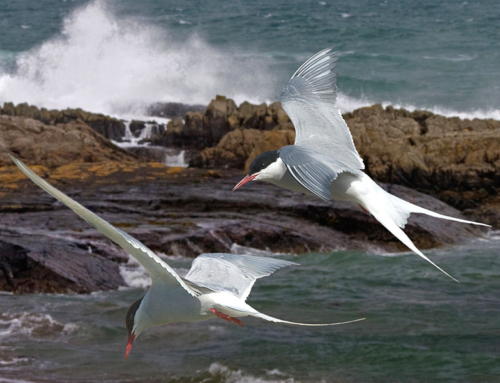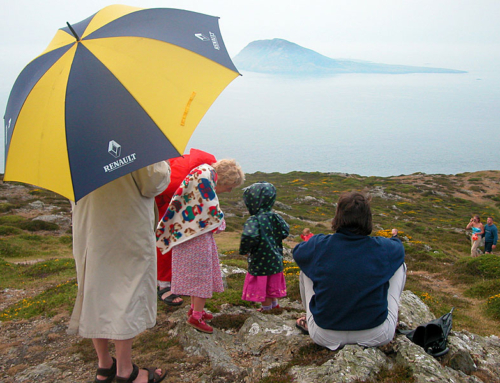Dunlin are among the many bird species seen at the RSPB Conwy reserve in North Wales
Dotted along the Welsh Coast are several RSPB Nature Reserves. As Sioned Bannister discovers, these important conservation areas provide safe habitats for a huge variety of birds, insects and wildlife.
THE RSPB (ROYAL SOCIETY FOR THE PROTECTION OF BIRDS) is one of Britain’s most recognisable charities. For over 100 years it has worked tirelessly to protect, preserve and promote the conservation of our country’s enormous array of birds and wildlife. The RSPB is the largest conservation society in Europe and it has over 200 nature reserves dotted across the country in a bid to protect Britain’s birds and wildlife. One of these is their exciting Conwy Reserve
Birds of a feather
The RSPB’s history is long and varied and spans more than a century. It was first founded in 1889 by Emily Willamson at her house in a suburb of south Manchester. It was initially an all-female group who protested against the use of bird feathers and skins in hats and clothing, which were extremely fashionable at the time. The group was known as the Plumage League and soon after its inception joined with a similar group in London, and the RSPB was formed.
Since then, the society has gone from strength to strength and is one of the most important wildlife and conservation charities in Great Britain. The society believes that the health of the bird population is a reflection of the general environmental well-being of our planet and its natural resources, upon which we all depend. In recent years many natural habitats have been threatened, either by human activity such building and development, or by natural factors like rising flood waters. The RSPB works extremely hard to protect habitats from these threats and attempts to counteract any damage caused.
The RSPB started by protecting the best bits of habitat, but I think we’ve moved on from that really. Now, what we try to do is restore and create new habitat, and obviously Conwy is a great example of that.
Walk on the wild side
This month, our walks are at three very special nature reserves on the Welsh coast. The first is on the banks of the river Conwy in North Wales, covering a vast area of over 100 acres. Conwy nature reserve is unique because it is entirely man made.
“The reserve at Conwy is actually made from the spoil of the Conwy tunnel on the A55 road” explains the reserve manager Julian Hughes. “When the tunnel was built in the late 1980’s there was three million tonnes of silt, squidgy earth and sand that they had to put somewhere. A new sea wall was built to stop the sea and to create a huge area of space, which the mud and silt was pumped into. The nature reserve was created from that, and it’s been hugely successful” says Julian.
Conwy Nature Reserve is a coastal wetland habitat and is home to a huge array of birds and wildlife.
“The wetland comes in two forms” Julian tells us. “There are the freshwater and slightly salty lagoons that are dependent on the rain, and then there’s the estuary which runs along one edge of the whole reserve.”
Estuary mudflats
And it is the estuary mudflats that are rich in grubs, worms and nutrients that attract so many different bird species, and makes a coastal Nature Reserve so different from conservation areas inland.
“It’s all down to the tide” Julian explains. “It brings new food with it every time it comes in, so it’s constantly being refreshed. Being on the west coast of Europe means we’re on a high-way between the Arctic and West Africa, and every spring and autumn millions of migrating shore birds follow the coast on their journey north, or south. They need these stopping places to take refuge and feed, and Conwy is just one link in a long chain,” he smiles.
“It’s really important to have reserves like these dotted around the coast. You could liken us to a Little Chef for wildlife, but perhaps our breakfast is even tastier as far as the birds are concerned!”
Wild Choice
Because of Conwy’s unique setting, there is an enormous variety of nature and wildlife to see, which makes it an incredibly popular choice for visitors all year around.
“Well, there really is something different to see all year round” says Julian. “In the autumn and winter we have all the shore birds at high tide (the best time to come) and then during the spring and summer we have lots of nesting birds. We have reed beds around the edge lagoons and islands and open grassland in and around them, which are popular with nesting lapwings and oyster catchers.”
And it isn’t just bird life that lives among the wild habitats at Conwy. “The flowers here have been fantastic this year,” Julian continues, “We have several species of orchid here at Conwy, including the bee orchid which is amazing to see because the flowers do look like bumble bees! And if the weather is good there are lots of nectar sources for butterflies, bumble bees and nectar moths. So there are a whole variety of insects that use the reserve, not just birds.”
Conwy is just one of several Nature Reserves dotted along the beautiful Welsh Coast, and our walks this month also explore part of the beautiful Mawddach Estuary and the varied Arthog Bog, as well as the stunning Pembrokeshire coastline, which is home to Ramsey Island, one of the most spectacular RSPB Nature Reserves in Wales.
Crucial for wildlife
Julian believes that these kinds of Nature Reserves are crucial for the future of wildlife and nature in Wales.
“The RSPB started by protecting the best bits of habitat, but I think we’ve moved on from that really. Now, what we try to do is restore and create new habitat, and obviously Conwy is a great example of that. We’re doing some impressive and massive habitat creation across the country at the moment and this is crucial because if you get the habitats right then the wildlife will find it. Start with the plants and when they are right the insects will come and then the birds will follow close behind” smiles Julian.
Did you know?
- The RSPB look after 200 nature reserves across Britain
- 130,000 acres of land are covered by RSPB nature reserves
- With over 1 million members and 2,000 employees, the RSPB is the largest conservation charity in Europe.
- The RSPB was founded in 1889
- 17,600 volunteers work for the RSPB
- Television presenter Kate Humble is the current president

